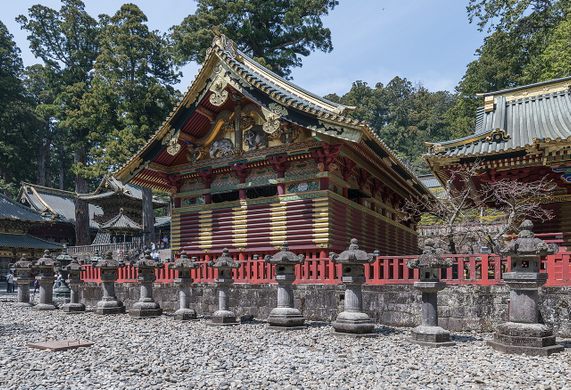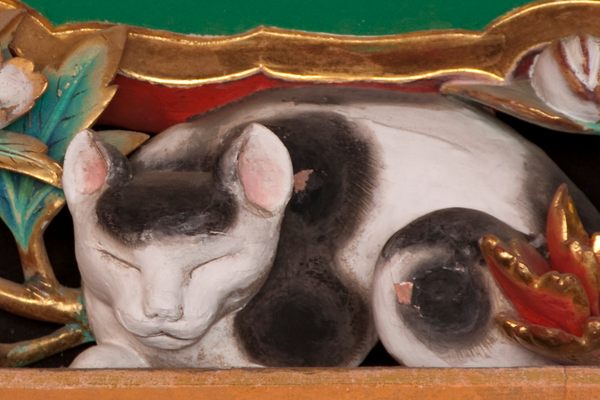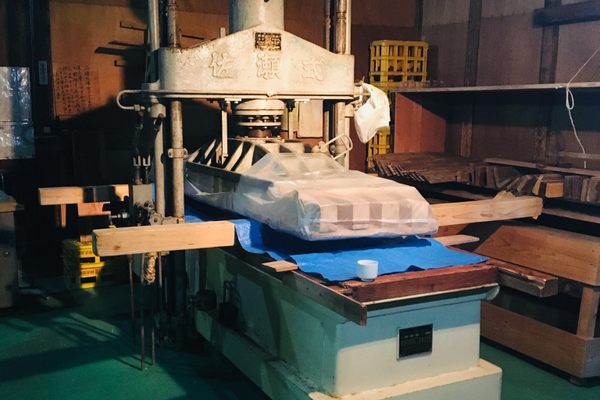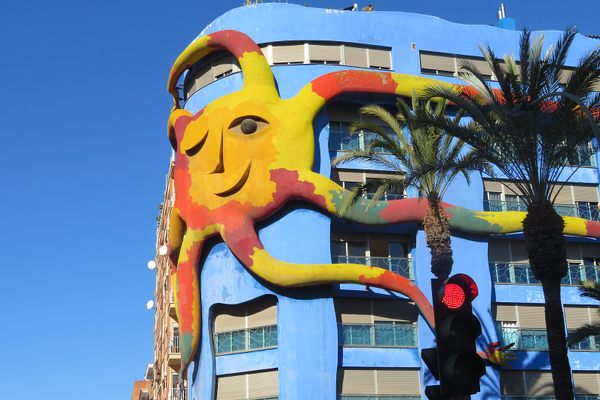'Imaginary Elephants'
These sculptures were created by a 17th-century artist who had never seen an elephant.
The Tōshōgū Shrine complex of Nikkō, Japan, is famed for its architectural and sculptural beauty, most notably the Three Wise Monkeys and the “Sleeping Cat”. These are two of the so-called Three Sculptures of Nikkō. The final sculpture is the least known of them, commonly referred to as “Sōzō-no-Zō”, the “Imaginary Elephants.”
The sculpture is located on the gable of the Kamijinko (Upper Sacred Storehouse), where a pair of strange-looking beasts grin with crescent-shaped eyes. The sculpture on the left is green and white, while the other is black. Both are complete with golden tusks and were crafted in Japanese style.
The Kamijinko was constructed in 1635 and the designs for its sculptures were commissioned to the famed painter Kanō Tan’yū. Tan’yū however, had never seen an elephant before. He had no choice but to design the animals according to readings and from word of mouth descriptions
Prior to the creation of the sculpture, there had only been three instances where live elephants were brought to Japan. Only powerful samurai lords were able to see the animals. Tokugawa Ieyasu, founder of the Tokugawa shogunate, was gifted an elephant in 1602, but it was not until 1728 that another one arrived in Japan.
Tan’yū’s designs were very accurate and included impressive details. There are a few more stylized elephants on the shrine’s premises, including a pair flanking the “Imaginary Elephants,” along with gargoyles guarding the roofs.



















Follow us on Twitter to get the latest on the world's hidden wonders.
Like us on Facebook to get the latest on the world's hidden wonders.
Follow us on Twitter Like us on Facebook